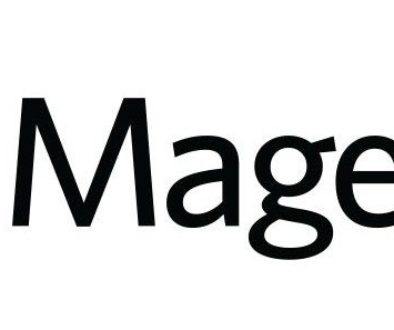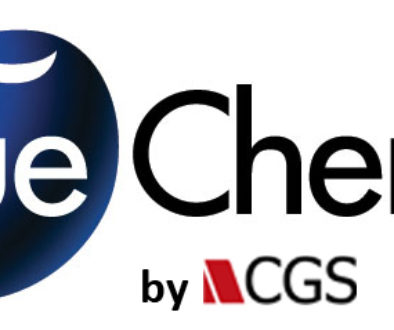Calculating Lifetime Value
One way to analyze acquisition strategy and estimate marketing costs is to calculate the Lifetime value (“LTV”) of a customer. Roughly defined, LTV is the projected revenue that a customer will generate during their lifetime. In this graphic we’ll briefly cover how to calculate LTV and how to use LTV to help solidify your marketing budget.
Case Study: Starbucks
Despite the shaky economy, Starbucks is opening new stores around the world. In 2012, Starbucks expects to open 600 new locations internationally, about 25 percent of which will be in China. It’s no secret that Starbucks’ acquisition strategy is closely scrutinized and routinely copied. Using rough sales figures from 2004, we’re able to estimate the LTV of and average Starbucks customer. The sales data from Starbucks may not reflect current marketing trends, and is only provided to illustrate the steps necessary to calculate LTV.
Step 1: Average Your Variables
- Customer expenditures per visit
- Number of visits per week (the “purchase cycle”)
- Avg. customer value per week (Expenditures x Visits)
Step 2: Calculate Lifetime Value (LTV)
Constants
- The Average Customer Lifespan (how long someone remains a customer). In the case of Starbucks, the average customer lifespan is 20 years.
- Customer Retention Rate. The percentage of customers, who, over a given period of time, repurchase, when compared to an equal and preceding period of time. Starbucks: 75%
- Profit Margin per Customer. 21.3%
- The Rate of Discount. The “rate of discount” is the interest rate used in discounted cash flow analysis to determine the present value of future cash flows. Usually this number falls between 8% and 15%. Starbucks: 10%
- Avg. Gross Margin per Customer Lifespan. Starbucks has a profit margin of 21.3%. If the average customer spends $25,272 during their time as a customer, Starbucks has gross margin per customer lifespan of $5,382.94.
By calculating the LTV of an average customer, Starbucks can now begin to estimate the maximum acquisition cost of a new customer.
Breaking Down LTV Further
LTV Will be Different for Different Kinds of Customers
Step 2 in this graphic is intended to help you determine LTV as a total average (an average of all your customers). To do this, companies will typically average the data from randomly chosen customers (as shown in Step 1 above). Sometimes it’s helpful to break down the average further and perform separate LTV calculations for different kinds of customers. Try and segment your customer base by total purchases over a long time period, and it will help you determine the LTV of “good” customer versus and “average” one. This type of analysis will help you determine how much more you should pay in order to acquire a “good” customer. See chart below.
Investing in “Good” Customers
Companies should be worried about the lasting impact of “buying cheap customers.” How likely are these customers to buy another product, or hang around for a few years? Sometimes it pays to invest in “good” customers. “Good” customers might cost more to acquire, but they’ll likely be more profitable as well.
Let’s say that the LTV of an “average” customer is $8,000, and the LTV of a “good” customer is $10,000. By subtracting the two LTV’s, you can see that you might expect to pay $2,000 more to acquire “good” customers.
Customer Satisfaction Boosts LTV
One of the most effective ways to boost LTV is to increase customer satisfaction. Research has found that a 5% increase in customer retention can increase profits by 25% to 95%. The same study found that it costs six to seven times more to gain a new customer that to keep an existing one.
The success of Starbucks could be attributed to its high customer satisfaction rate (89%, 2002, see below). Survey software such as KISSinsights can help you determine (and improve) your customer satisfaction rate.



